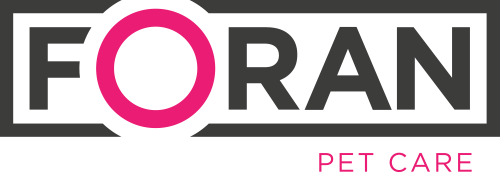The aim of any convalescence is to allow the animal to recuperate from illness, by providing, rest, medication if necessary and a good plane of nutrition, to allow as quick and complete a return to normal health as possible.
Convalescence from major surgery, chemotherapy or prolonged illness, is often a time of reduced nutritional intake in small animals. Unfortunately, this is precisely the time when the body’s requirement for nutrients is high, which can lead to a negative energy and/or protein balance, resulting in loss of weight, reduced body condition, breakdown of muscle and delay healing.
Convalescent feeding programmes aim to counter this, by providing highly palatable and nutrient dense feeds in a format as acceptable to the animal as possible, with the ultimate aim of returning the animal to their normal recommended diet.
Severe cases of anorexia or inappetance during convalescence accompanied to gastrointestinal disturbance may require total parenteral nutrition (TPN). TPN supplies all the animal’s daily nutritional requirements intravenously. TPN treatment is most commonly used while the animal remains hospitalised, as it requires placement of a large intravenous catheter. Which makes TPN both difficult to administer and expensive.
Animals which have fully functional gastrointestinal systems, but which remain inappetent may require feeding by stomach tube. There are a number of stomach tube options, which differ based on where the feed enters the gastrointestinal system. The most common is a nasogastric tube. A nasogastric tube is a small diameter flexible tube that is placed via the nose into the animal’s stomach and can remain in place for a few days. The small diameter of the tube requires that only liquids be fed using this method. While easier to use than TPN, stomach tube feeding requires rigours hygiene maintenance of the tube and careful administration.
TPN and stomach tubing however are not ideal and in most cases are used very short term until the animal is capable of eating however little.
Animals that are showing interest in feed, but have limited appetite should be fed a high quality specialised convalescent diet. Convalescent diets are typically high in calories, protein and have additional vitamins and minerals, making them very nutrient dense. They are designed so that even a small intake makes up a large portion of the animals dietary requirements on a daily basis.
Tips to increase food acceptance
Here are a few tips to try and increase food acceptance –
- Warm the feed
- Hand feed the animal
- Feed the animal alone
- Allow ad lib access to feed
Convalescent supplements can further increase the nutritional quality of the diet in the convalescing dog. Supplements included should be palatable, easily digestible and fed in small amounts, so as not to discourage eating feed. Obviously the supplement should be offering a significant nutritional benefit such as adding protein, energy or vitamins. Any supplemental feed should support the dog’s nutritional requirements during the initial stages of convalescence, while facilitating return to normal dietary intake.
